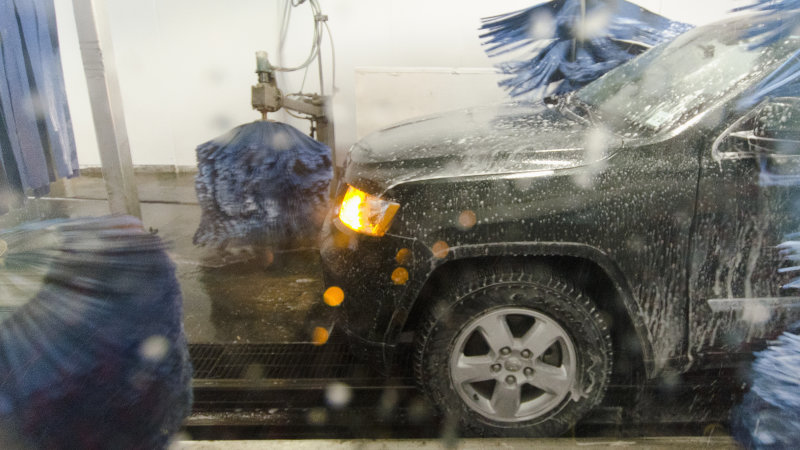While reliable carwashes like Delta Sonic implement safety measures in minimizing the surface damage to customers’ vehicles, there are times when it still happens. The surface damage itself can range from small scratches, nicks and dings to large dents but all of these are worrisome, indeed, especially when it affects the overall beauty of the car.
Let’s say that you observed that your car has damages that it didn’t have before it went into the carwash. What then should you do? Well, for starters, you shouldn’t immediately make a scene about it since you’re not yet sure whether the damage was due to the carwash staff’s negligence or other reasons.
There’s also the possibility that it may be your fault, after all. With that said, here are steps that you can take before, during and after a carwash to tip the balance in your favor.
#1 Check Your Car Before and After
You want to check whether your car has signs of damage that have already been there even before it went into the carwash. This way, you won’t go about accusing the carwash staff of negligence and the like. You can take photos, if you want, since it can serve as your proof in case your car has significant damage that requires repair or replacement of parts.
#2 Ask About the Damage Policy
You may or may not be comfortable with the damage policy of the carwash so your decision will be influenced by it. You may also see large signs about the carwash management’s assumption of responsibility, usually in terms of them not being responsible for damages. Still, you should ask the owner or manager since there are rules and regulations that override such a statement.
For example, damage to vehicles caused by either a malfunctioning equipment or by staff negligence may be covered by insurance. The carwash can be held accountable for its actions and, thus, you won’t have to pay out-of-pocket costs for your car’s repair.
#3 Accept the Risk
With reliable carwashes equipped with modern equipment, the risk of damage is minimal but it still exists. You may or may not take the risk but if you accept it, then be prepared for the worst while hoping for the best. If you don’t want to take the risk, you don’t have to go to a carwash for its services – you can always wash your car at home or you can go to a self-serve carwash.
#4 Report Damages Immediately
As soon as your car leaves the carwash tunnel, you should check its exterior surfaces for any sign of damage. You may want to check the photo taken before your car went into the tunnel, if necessary, so that you don’t have to second-guess yourself.
You shouldn’t immediately drive off from the carwash, come back to report signs of damage, and expect the carwash management to believe your statements. You will obviously have a more difficult time proving that the carwash session actually caused the damage – after all, many things could have happened in the interim period between you driving off and coming back.
For this reason, you should immediately report any sign of damage to the carwash management. You and the manager can check your car and the alleged damage as soon as possible, a must so both of you can determine whether there’s indeed fresh signs of damage. You can also discuss how it may have happened in the carwash.
#5 Adopt a Reasonable Attitude
There’s no sense being hysterical since it will only worsen the situation, perhaps even turn the tables on you. Instead, keep your cool and be reasonable when explaining your side of the story. In most cases, carwash managers are trained to deal with a wide range of issues including irate customers alleging damage to their vehicles.
You may find that you will get better results if you discuss the matter in a rational and reasonable manner. Your heated emotions, if you let them rule your head, will only elicit equally heated reactions from the carwash staff and manager. You’re both not going anywhere but the police station if you keep up with it.
Now if the matter can be resolved with the carwash manager on the spot, you should consider filing a formal complaint. Most carwashes ask their customers to fill out a damage report or an incident report where the details of the vehicle and its damages will be spelled out. You should be honest and thorough when filling out the form since it can mean the difference between getting the claim and shouldering the cost.
Keep your records, too, including the photos and incident report. Your insurance company may also ask for these documents so it pays to have them on hand.
Depending on the extent of the damage and the outcome of the complaint, you may want to contact your insurance company and attorney in case you need to take the case to court.
